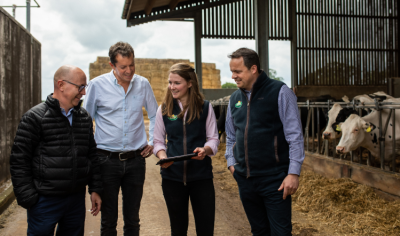QR code label growth led by drinks firms

The analyst predicted “robust revenue growth” in QR code labels, as their application extended from the conventional barcode formats. According to FMI, the global QR code label market in 2018 was valued at $997m (£772m). It said the sector was forecast to expand at a compound annual growth rate of 8.7% from 2019 to 2027.
“QR code labels efficiently link consumers to product authentication information, which is otherwise a challenge in the case of labels limited by a lack of space available,” said the firm.
Seafood and alcohol
FMI identified the growing incorporation of QR code labels in seafood products and on alcoholic drinks bottles. “Russian wholesalers and retailers dealing in alcoholic beverages have commenced mass QR code labelling for all their bottles as a new effort to adapt to their electronic and monitoring systems,” said the company.
“While this trend is now applicable for both premium spirits and beer, it is likely to enable the Russian alcohol industry to maintain track of exports, imports and sales, in addition to product and distribution.”
Traceability from farm to fork
Meanwhile, the report noted that Australia-based QR code label manufacturers had been investing in tracking seafood and meat products in transit, allowing consumers to be informed of the products’ history and current status.
FMI also identified an increase in waterproof QR code labels to efficiently withstand harsh weather conditions.
The report profiled some of the key players in the QR code label sector, including Lintec, Hibiscus, CCL Industries, Label Logic, Packtica SDN, Advanced Labels NW, Data Label Co UK, and Coast Label Company.















